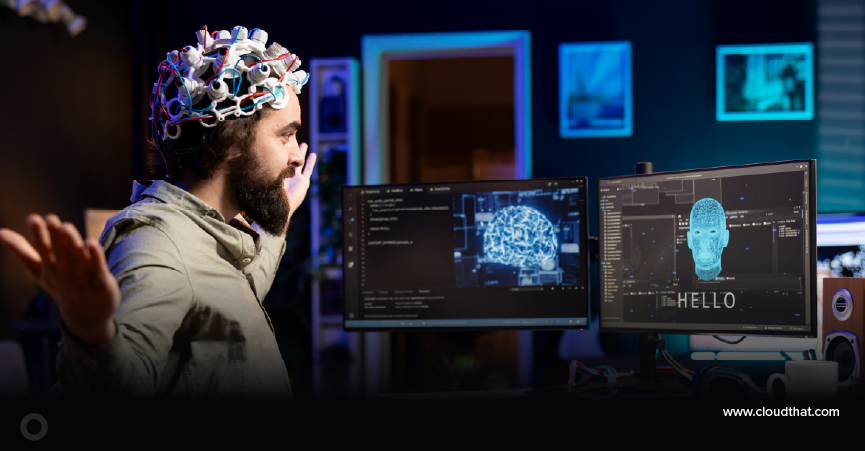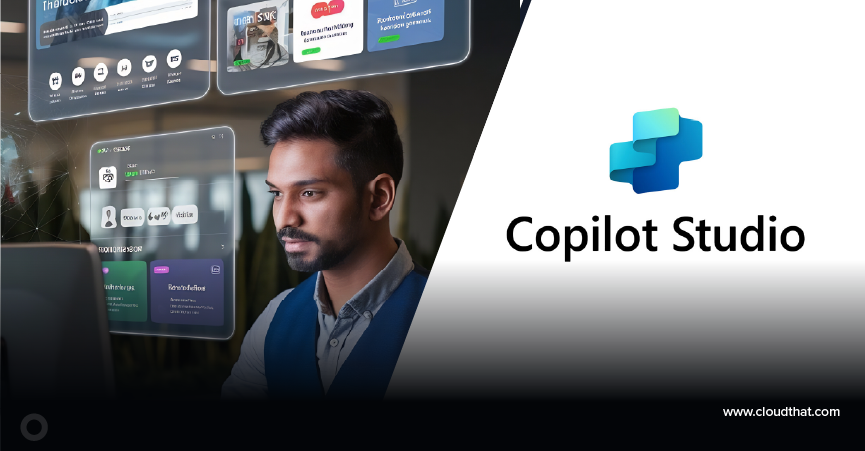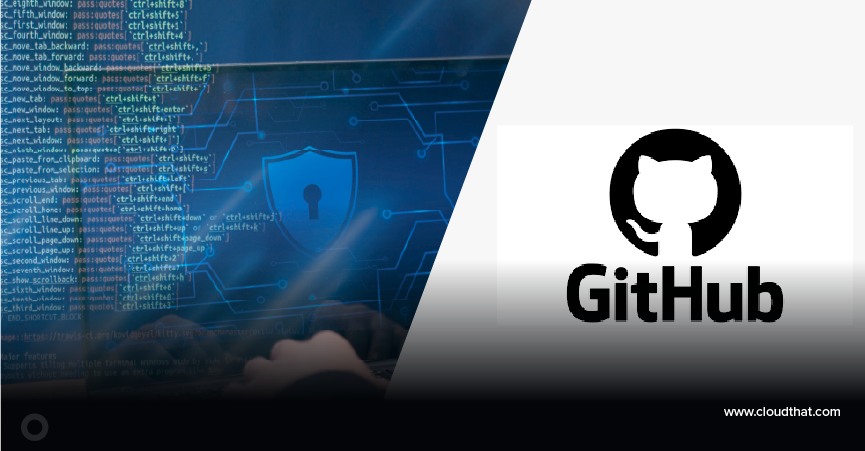|
Voiced by Amazon Polly |
Overview
In an age where data is exploding in volume and variety, enterprises are increasingly challenged to surface relevant insights quickly and accurately. Traditional keyword-based search engines are no longer sufficient for navigating complex enterprise data landscapes. Enter the new paradigm: Generative AI (GenAI) integrated with vector databases. On AWS, the combination of Amazon Bedrock and Amazon OpenSearch Service is emerging as a powerful duo that redefines enterprise search.
Pioneers in Cloud Consulting & Migration Services
- Reduced infrastructural costs
- Accelerated application deployment
The Shift from Keyword to Semantic Search
Keyword-based methods have long constrained enterprise search. While effective for structured and predictable data, these approaches struggle with context, synonyms, polysemy, and natural language nuances. Semantic search, powered by GenAI and vector embeddings, transcends these limitations by capturing the meaning behind queries and documents.
At the heart of this transition is the embedding, a dense vector representation of text that preserves semantic relationships. This is where Amazon Bedrock comes into play, offering access to powerful foundation models like those from Anthropic, Cohere, and AI21 Labs, which generate high-quality embeddings for documents and queries.
Amazon Bedrock
Amazon Bedrock provides serverless access to leading foundation models through a simple API, enabling developers to build and scale GenAI applications without managing infrastructure. One of its standout features is the ability to generate embeddings from natural language inputs.
These embeddings transform unstructured data, emails, PDFs, knowledge base articles, and customer chats into high-dimensional vectors that can be stored, indexed, and searched using vector databases. Amazon Bedrock ensures these embeddings are model-agnostic, secure, and scalable, aligning perfectly with enterprise-grade needs.
Key Features of Amazon Bedrock for Embeddings
- Model choice: Select from multiple foundation models suited for different domains.
- Scalability: Handle thousands to millions of documents.
- Security: Integrates with AWS IAM and other AWS security services.
- Simplicity: RESTful API for generating embeddings without complex model orchestration.
Amazon OpenSearch
Amazon OpenSearch Service has evolved from a traditional search engine into a vector database capable of hybrid search, combining full-text (keyword) and vector (semantic) search. This is critical for enterprise scenarios where exact keyword matches and semantic relevance matter.
Amazon OpenSearch’s support for k-Nearest Neighbor (k-NN) search allows it to retrieve documents whose vector embeddings are most similar to the user query vector, enabling real-time semantic search at scale.
Why Amazon OpenSearch for Vector Search?
- Native support for k-NN: Efficient vector indexing using FAISS and HNSW algorithms.
- Hybrid search capabilities: Blend keyword relevance with semantic similarity.
- Fully managed: AWS handles provisioning, scaling, and maintenance.
- Enterprise-grade: Integrates with VPC, encryption, fine-grained access control, and monitoring.
The Combined Power: Amazon Bedrock + Amazon OpenSearch
By combining Amazon Bedrock’s embedding generation with Amazon OpenSearch’s vector indexing and search, enterprises can build intelligent, context-aware search systems that deliver:
- Personalized results: Understand the intent behind user queries.
- Cross-lingual retrieval: Match queries and documents across languages.
- Multi-modal search: Extend beyond text to images, audio, and more.
- Domain-specific intelligence: Use specialized models for legal, medical, or technical documents.
Architecture Overview
- Data ingestion: Collect documents from various sources (Amazon S3, Amazon RDS, PDFs, emails).
- Embedding generation: Use Amazon Bedrock to transform text into embeddings.
- Vector indexing: Store embeddings in OpenSearch using k-NN indexing.
- Query processing: Convert user query into vector form via Amazon Bedrock.
- Hybrid search: OpenSearch retrieves and ranks results using vector similarity and keyword matches.
- Result enrichment: Optionally use GenAI to summarize or rephrase responses.
Real-World Applications
- Internal Knowledge Base Search
Employees can find policy documents, project updates, or HR information through natural language questions. For instance, “What is our travel reimbursement policy for international conferences?”
- Customer Support Automation
AI-powered agents use vector search to find the most relevant support articles, reducing ticket resolution time and improving CSAT.
- Legal Document Discovery
Law firms and corporate legal departments can semantically search case law, contracts, or patents with unmatched precision.
- Healthcare Insights
Doctors and researchers can semantically search medical literature, patient records, and clinical trial data, enabling better diagnoses and discoveries.
- Retail Product Search
E-commerce platforms can understand customer intent better. A search for “comfortable waterproof hiking boots” yields results based on product descriptions, reviews, and specs, even if those keywords are missing.
Challenges and Considerations
Despite the promise, there are implementation challenges:
- Cost management: Embedding generation and vector storage can become expensive at scale.
- Model selection: Choosing the right Amazon Bedrock model affects performance and accuracy.
- Latency: Real-time inference can introduce latency if not architected carefully.
- Data freshness: Embeddings must be updated as source documents change.
To mitigate these, AWS provides tools like Amazon S3 for cost-effective storage, Lambda for event-driven embedding refresh, and step functions for orchestration.
The Future of Enterprise Search
As LLMs and vector databases mature, we will see tighter integrations, smarter ranking mechanisms, and broader modality support. Future enhancements may include:
- Continual learning: Embedding models that update with new data.
- Few-shot personalization: Tailor results using minimal user input.
- Multimodal fusion: Search across text, image, and video seamlessly.
- Context-aware agents: GenAI systems that not only retrieve but reason over retrieved documents.
Conclusion
For organizations seeking to harness their data assets more effectively, it is time to adopt this paradigm shift. With AWS at the forefront, GenAI + vector databases are not just the future, they are already transforming the present.
Drop a query if you have any questions regarding Amazon Bedrock and we will get back to you quickly.
Empowering organizations to become ‘data driven’ enterprises with our Cloud experts.
- Reduced infrastructure costs
- Timely data-driven decisions
About CloudThat
CloudThat is an award-winning company and the first in India to offer cloud training and consulting services worldwide. As a Microsoft Solutions Partner, AWS Advanced Tier Training Partner, and Google Cloud Platform Partner, CloudThat has empowered over 850,000 professionals through 600+ cloud certifications winning global recognition for its training excellence including 20 MCT Trainers in Microsoft’s Global Top 100 and an impressive 12 awards in the last 8 years. CloudThat specializes in Cloud Migration, Data Platforms, DevOps, IoT, and cutting-edge technologies like Gen AI & AI/ML. It has delivered over 500 consulting projects for 250+ organizations in 30+ countries as it continues to empower professionals and enterprises to thrive in the digital-first world.
FAQs
1. What is the main advantage of using Amazon Bedrock to generate embeddings?
ANS: – Amazon Bedrock offers serverless access to multiple foundation models without managing infrastructure. It simplifies embedding generation by abstracting away model orchestration and provides high-quality, model-agnostic embeddings that are scalable, secure, and suitable for enterprise use cases.
2. How is semantic search with vector databases different from traditional keyword search?
ANS: – Semantic search uses vector embeddings to understand the context and meaning behind queries and documents. Unlike keyword search, which relies on exact word matches, semantic search can match based on intent and related concepts, even when exact terms aren’t present.

WRITTEN BY Modi Shubham Rajeshbhai
Shubham Modi is working as a Research Associate - Data and AI/ML in CloudThat. He is a focused and very enthusiastic person, keen to learn new things in Data Science on the Cloud. He has worked on AWS, Azure, Machine Learning, and many more technologies.


 Login
Login


 June 16, 2025
June 16, 2025 PREV
PREV










Comments